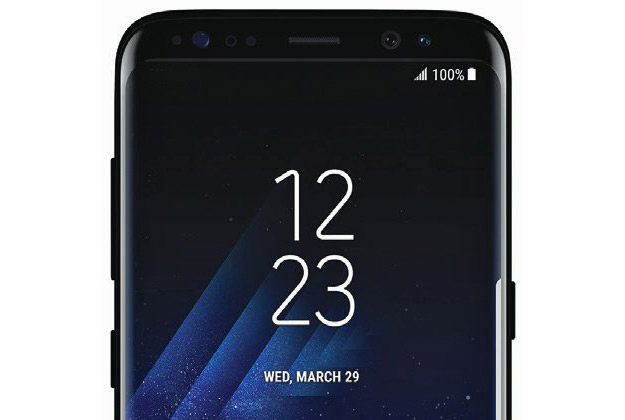Samsung Galaxy S8's Rear Fingerprint Reader Placement Reportedly Blamed On Synaptics Delays

If we roll back the clock a few months, you’ll remember that Synaptics announced the Natural ID FS9100 optical fingerprint sensor, which is capable of capturing high-resolution images through 1mm-thick glass, even with wet fingers. “The highly reliable FS9100 optical solution excels with wet finger performance, and being protected by glass, is durable, scratchproof, waterproof, and eliminates ESD concerns,” said Synaptics in December.

Synaptics mockup of the FS9100 optical sensor
However, Synaptics reportedly had trouble implementing its technology into production hardware according to The Investor’s sources. “Samsung poured resources into Synaptics’ fledgling technology last year but the results were frustrating,” said an anonymous source. “With the production imminent, the company had to decide to relocate the fingerprint scanning home button to the back of the device at the last minute.”
As you have no doubt noticed from the numerous leaks over the past few weeks and months, the fingerprint reader on the Galaxy S8 and Galaxy S8+ now resides beside the rear camera. It is not even positioned along the centerline of the smartphone, like other Android smartphones that use rear-mounted fingerprint readers.

This might make it a bit difficult to locate the sensor quickly; at least until muscle memory kicks in after using the device for a while. Regardless of the merits of moving the fingerprint sensor, it could arguably be a regression from previous Galaxy flagship designs for some users.
With that being said, Apple is widely expected to use a through-the-glass Touch ID fingerprint authentication system for its next generation iPhone 8, maintaining its screen-mounted positioning.

